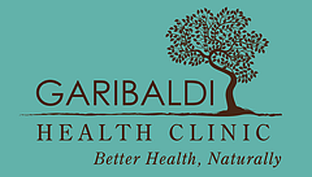Breast Cancer and Testing
If asked what disease kills more women than any other, most people would likely say breast cancer. They’d be wrong – heart disease comes first – but right at a perceptual level: women fear breast cancer like no other disease.
There are good reasons for this. Despite untold millions spent on prevention and cures, breast cancer rates have increased steadily over the past 50 years. North America leads the world in cases per capita, while the poorest nations have the best record, possibly because of dietary differences and widespread breastfeeding, a known preventative factor.
(If you are a male reader and about to turn the page, you should know that breast cancer also afflicts men, though rarely and with little chance of death.)
The one really bright spot for women is a survival rate, now approaching 100%, in cases of very early detection, when the cancer is still confined to the milk ducts, where most tumours originate. But detection itself remains uncertain and fraught with conflicting opinion.
More than 80% of breast cancers are still discovered by the patient or an examiner feeling a lump. But this is usually too late, as a tumour large enough to be felt may already have spread into the lymph system, profoundly worsening the prognosis for a cure.
The most favoured detection method is something called the “triple test,” which combines physical examination with a mammogram and biopsy of tissue or fluid extracted from the suspect mass in the breast. Ultrasound and magnetic resonance imaging (MRI) may also be used to define the shape and size of a tumour.
Other than biopsy, however, every detection method has its shortcomings and a margin of error. Mammography, an X-ray of the breast, works well for locating even very small tumours in women over 40, when the breast tissue is softening with age. But in younger women, whose breast tissue is still hard and dense, X-rays do not penetrate as well and mammograms are much less reliable.
Then, of course, there is the radiation issue. Defenders of mammograms say the dose from breast X-rays is small enough to be safe. In fact, no one knows for certain what is safe and what isn’t…and won’t as long as 95% of breast tumours have no certain origin. Though we can’t document it, mammograms likely do cause cancer, but they also save lives, possibly a great many more than they cost.
At the moment, there is no substitute for the mammogram, but a technique called thermography can substantially reduce a woman’s reliance on breast X-rays and exposure to radiation.
As long as eight years before a breast tumour is detectable, precancerous cells begin producing a chemical that causes new vessels to grow (angiogenesis), providing a blood supply for the cancer. This process generates heat that can be detected by an instrument called a thermograph, and shown as a digital infrared image.
Thermography is an early warning device, indicating a cancer risk without the need for annual exposure to X-rays. It is painless, non-intrusive, effective for all ages, safe in pregnancy and breastfeeding, and has the added benefit of screening lymph nodes in the armpits, as well as the entire chest.
First used in the 1950s, thermography fell from favour after research questioned its effectiveness in the 1970s. But technical advances have vastly improved the sensitivity of thermographs, leading to an official seal of approval from the US government.
While thermography is an option worth considering, no cancer detection device will ever obviate the need for prevention. Even allowing for unavoidable risk factors like family history and genetics, dodging the dreaded C word is still largely a matter of everyday lifestyle choices, such as exercising, eating well and butting out for good.
©Dr. Ashely Gordon, 2009

